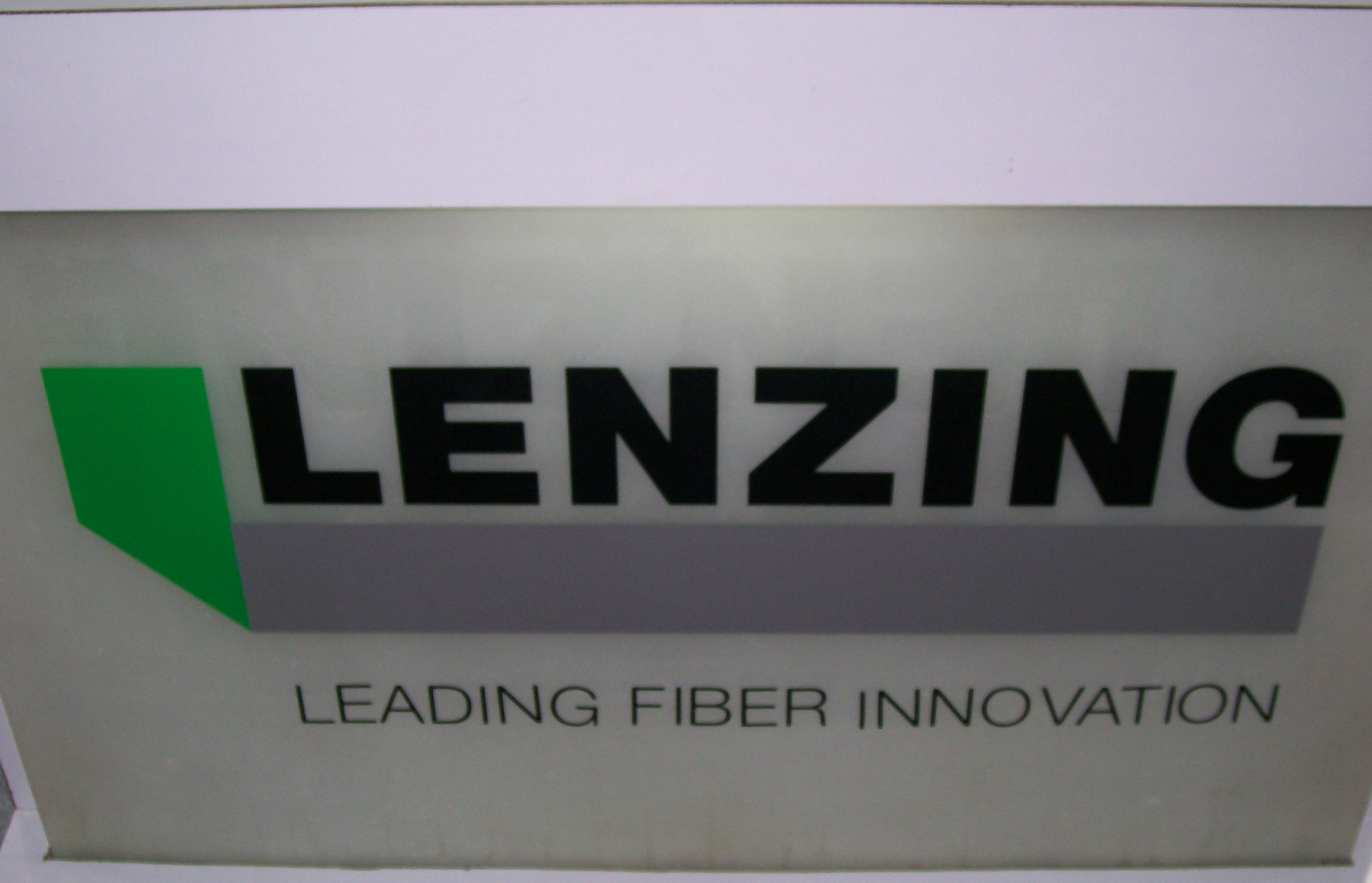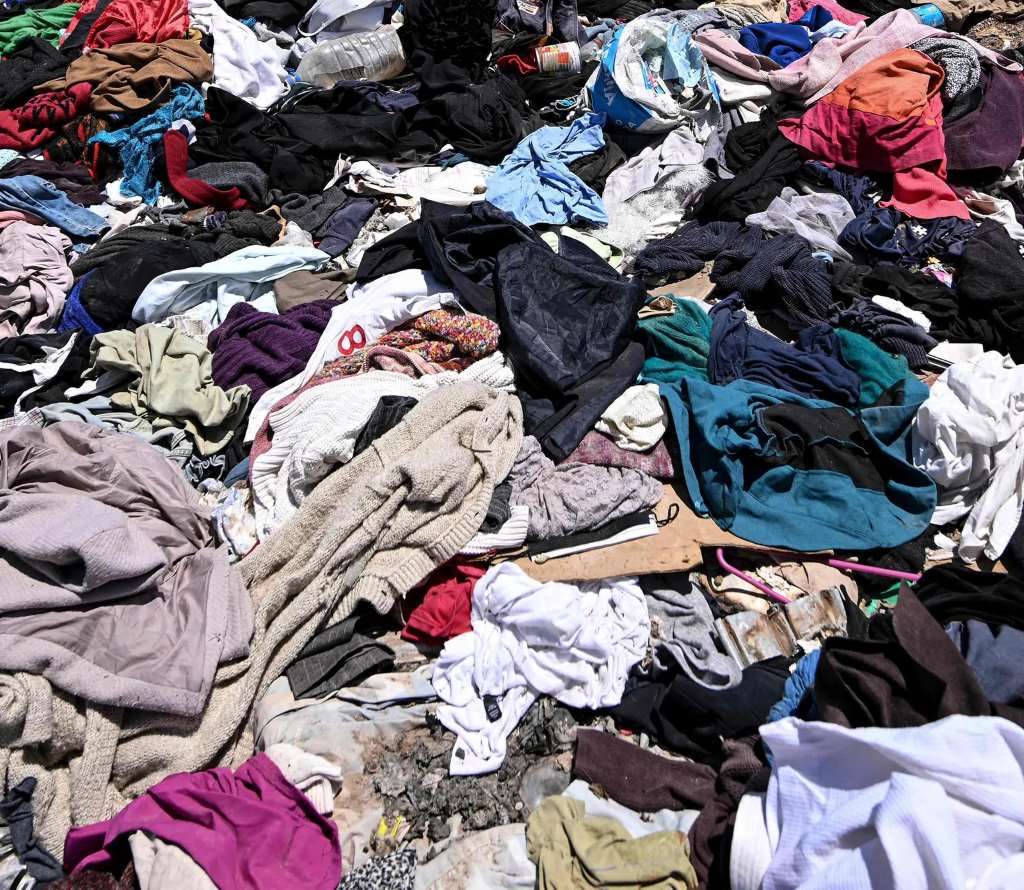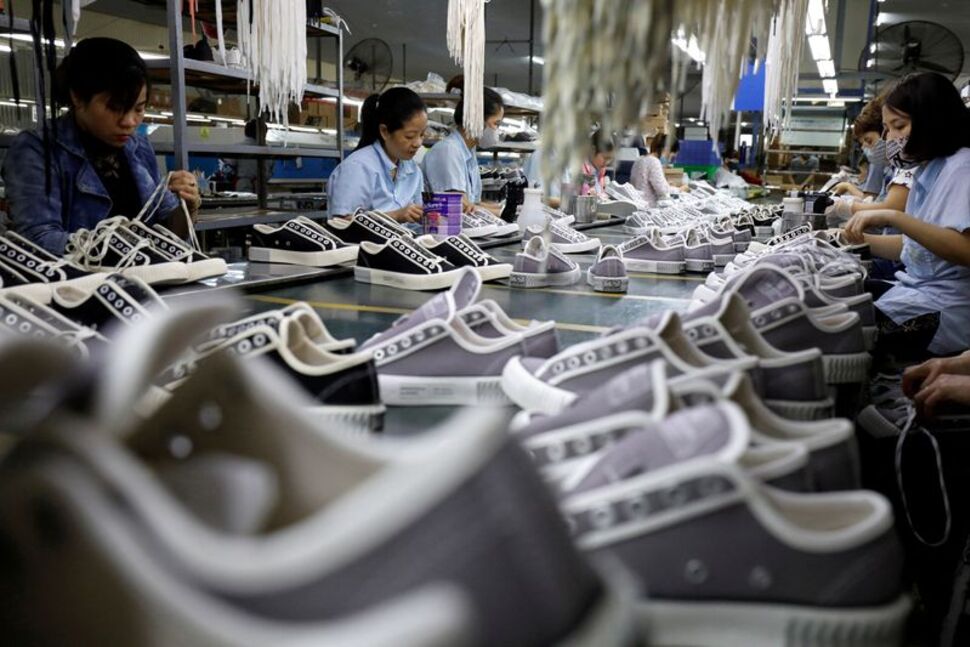FW
The Accord, a platform of more than 150 brands, retailers and trade unions has decided not to pay wages to workers during suspension of production or closure of any factory. While Commerce Minister Tofail Ahmed asked the Accord to contribute to the workers’ payment, Accord said that it’s the factory owners’ responsibility to pay workers during factory closure.
The Accord will assist or provide funds when remedial work will be carried out. Commerce Secretary Mahbub Ahmed, Labour Secretary Mikail Shipar, Accord Executive Director Rob Wayys, Alliance Managing Director M Rabin, BGMEA President Md Atiqul Islam, BKMEA Vice President Md Hatem, ILO Country Director Srinivas Reddy and Department of Inspection for Factories and Establishments Inspector General Syed Ahmed, among others, were present at a meeting held after factory inspection.
The minister informed that so far 1,000 factories have been assessed by the Accord, the Alliance and BUET while only 20 factories have been identified as risky and 14 are being shut. Bangladesh enjoys duty free facilities in the EU market and 52 per cent of the total export goes to that market, he said stressing good relation with the EU.
www.bangladeshaccord.org
With a decline in export orders this has led to an 'unhealthy' trend of subcontracting in Bangladesh. The trend has become strong lately causing substantial export revenue loss to the country apart from strengthening bargaining power of international buyers.
With many exporters, including small and medium size RMG factories, especially the new players offering cutting and making (CM) charges at a lower rate than offered by mainstream market players, they are undercutting rivals by about 10-15 per cent. The CM rates in the case of knitwear items declined by 15 to 20 per cent last year and as per the BGMEA data, during the last one year, the CM of woven garments declined by 10-12 per cent.
Experts point out that the foul practice followed by some industry players is forcing other factories in the sector to reduce their prices as well. More than 1,200 factories are said to be involved in sub-contracting in the RMG industry, employing nearly 1.0 million workers.
www.bgmea.com.bd
Rising demand for high-quality textiles in the Southern China region will provide a promising backdrop to this year’s Intertextile Pavilion at the Shenzhen International Trade Fair for apparel fabrics and accessories. The fair will be held from 10 to 12 July 2014 at the Shenzhen Convention & Exhibition Center. Favourable market conditions in the region have led to increased demand from overseas exhibitors to participate, with country/region pavilions from India and Korea returning to the fair, and the debut participation of a pavilion from Taiwan.
The 2014 edition of Intertextile Pavilion Shenzhen is expected to witness over 33 per cent increase in exhibitors from last year. Exhibitors will display a large selection of high-quality fabrics for ladies wear, casual wear and suiting, the latest knits, lace & embroidery and accessories, and a range of yarns & fibres. In particular, this year, a larger selection of quality lace and embroidered fabrics for women’s fashion, wedding apparel and accessories will be showcased.
The India Pavilion, featuring suppliers of quality yarns & fibres, and the Korea Pavilion, whose exhibitors will showcase functional woven fabrics, linen-like fabrics made from rayon, fabrics using rayon-blend georgette fibres, washable georgette and leno weave fabrics, and cupro fabric shirts, return this year. Meanwhile, the debut pavilion from Taiwan will feature 12 suppliers mostly specialising in knitted and functional fabrics, as well as lace and embroideries.
In addition to Intertextile Pavilion Shenzhen, the 14th China International Fashion Brand Fair – Shenzhen, a fashion garment event, will take place concurrently. Intertextile Pavilion at the Shenzhen International Trade Fair for Apparel Fabrics and Accessories is organised by Messe Frankfurt, the Sub-Council of Textile Industry, CCPIT and the Shenzhen Garment Industry Association.
www.intertextile-pavilion-shenzhen.hk.messefrankfurt.com
Haiti has announced a minor increase in its minimum wage for the estimated 29,000 apparel industry workers who sew together T-shirts and other clothing in the country's apparel factories. According to a new law, workers will now earn about $5.11 dollars per eight-hour workday. However, it is way too short of the equivalent of $11.36 dollars per workday demanded by the protesting garment workers.
Last year's inflation rate in Haiti was 3.2 per cent. Almost two-decade old clothing factories in Haiti that made baseballs earlier have now shifted to T-shirt production for major North American retailers. About two-thirds of the country's 10 million people lack formal employment, and the garment industry is one of the major formal sources of income.
Parliament last approved a raise in the minimum wage in 2009. That increased the daily rate from about $1.50 to around $4.50 over three years. It also established a separate minimum wage for garment workers who can earn as much as $6.81 daily if they meet production quotas. But labour groups claim that the quotas set are too high for workers to realistically meet in a regular workday.
The US-based Worker Rights Consortium said in an October report that Haitian workers receive an average of 32 per cent less than what they should. An earlier report said that all of Haiti's 24 garment factories failed to pay workers even the minimum wage.
www.workersrights.org
Eleven Indian enterprises closed business deals with their Peruvian counterparts at the 1st business roundtable and exhibition of India's Garment Industry (Intexpo) in the Andean nation. According to India’s Synthetic and Rayon Textiles Export Promotion Council (SRTEPC), the recently-concluded trade fair sought to establish trade contacts among Indian entrepreneurs with leading businesses engaged in Peru’s textile and apparel sector.
Over 300 business meetings were carried out at the textile exhibition fair which was held from April 28th to April 29th in the nation’s capital Lima. Garments export from India to Peru is valued at $55 million dollars last year and this amount is expected to witness a four-fold increase by end of 2015.
Indian players can offer Peruvian textile entrepreneurs quality products at competitive prices, for the benefit of the two countries. The First annual edition of Intexpo was organized by the SRTEPC with the support of Indian Embassy in Peru and the Lima Chamber of Commerce (CCL).
www.srtepc.org
Invista has introduced the commercial offering of a bio-derived spandex available globally for use in a wide variety of apparel fabrics and garments. Approximately 70 per cent by weight of the new Lycra bio-derived spandex fiber comes from a renewable source made from dextrose derived from corn. The use of a renewable feedstock in the making of this new Lycra bio-derived fiber results in a lower CO2 emissions footprint than spandex produced using traditional raw materials.
With this new offering, Invista is providing retailers and manufacturers of stretch fabrics a spandex fiber option that can impact the overall lifecycle analysis of the fabric and garment. The new fiber is made to Invista’s high standards and specifications.
Invista apparel and advanced textiles business is committed to its own sustainability program, ‘Planet Agenda’, which is focused on three main objectives: minimizing Invista environmental footprint by conserving resources, reducing emissions and eliminating waste at its manufacturing plants, offering competitive products that meet the needs of the apparel markets using fewer resources and to enhance the environmental performance of all fabrics and protecting the health and safety of workers and communities and participating in local stewardship initiatives.
Textile and apparel companies from the US and India are planning to invest in Ethiopia. To explore investment opportunities, delegations from these countries visited Ethiopia recently. While the US delegation was busy investigating industrial zones in different parts of the country, India-based Shri Vallabh Pittie (SVP) Group has already decided on setting up a spinning mill in the industrial zone in Kombolcha, with an investment worth $550 million says the Ethiopian News Agency.
The US delegation consisted of 40 investors, among them representatives from VF Corporation and Phillips-Van Heusen (PVH), including Mark Green, PVH’s vice president. The delegation also met the Ethiopian President Mulatu Teshome in Addis Ababa last week. The reasons behind scouting for prospects are the country’s favourable investment policy, availability of vast human resources and reliable power supply apart from well-established industrial zones in different parts of the country.
President Teshome has assured that the Ethiopian Government would encourage investments in the industrial sector and also pointed to the country’s cotton cultivation on more than three million hectares of land as a benefit for textile and garment manufacturers. Last but not least, the African Growth and Opportunities Act (AGOA) allows investors easy access to the US market.
SVP group’s spinning mill would have a capacity to produce about 280 tons of cotton yarn per day and would create jobs for about 13,000 Ethiopians. The manufactured yarn would be produced mainly for the export market, especially, the US, Germany, Italy, Sweden and Turkey.
www.pittie.com
The Alliance for Bangladesh Worker Safety has demanded immediate closure of five factories owing to safety concerns over buildings where they are located.The factories are situated in four buildings, whose details have been submitted to the National Tripartite Committee (NTC) Review Panel with the recommendation that they be closed for remediation. Alliance inspections have revealed overloaded conditions and structural faults in these buildings, raising concern for the safety of workers in these factories.
The collective, which includes 26 companies such as The Children's Place, Macy's, Nordstrom, Gap and Fruit of the Loom, has claimed that it has begun dispersing funds to cover two months’ pay to more than 350 workers displaced by the closure of three factories. The Alliance will bear half of the cost while the factory owners will cover the rest.
The Alliance has so far inspected over 450 factories, with the goal of completing inspections of all 640 factories from which its members source by July 10. In addition to funding and conducting these inspections and helping cover the salaries of displaced workers, several Alliance member companies have made $100 million in affordable capital available to factory owners to help cover the cost of factory improvements.
www.bangladeshworkersafety.org
 According to a report released by the International Cotton Advisory Committee (ICAC), the Type 328 China Cotton Index-a daily index of prices for domestic cotton offered to mills in China fell from this season's nine-month average of 144 cents per pound to about 129 cents per pound as of the end of April. China’s mills may welcome the lower cotton prices, but world cotton production is being forecasted to get negatively affected by a change in China’s cotton policy. As per ICAC, the government’s cotton policy has done considerable damage to the industry in recent years.
According to a report released by the International Cotton Advisory Committee (ICAC), the Type 328 China Cotton Index-a daily index of prices for domestic cotton offered to mills in China fell from this season's nine-month average of 144 cents per pound to about 129 cents per pound as of the end of April. China’s mills may welcome the lower cotton prices, but world cotton production is being forecasted to get negatively affected by a change in China’s cotton policy. As per ICAC, the government’s cotton policy has done considerable damage to the industry in recent years.
The report pointed out that since the start of its reserve policy in 2011, mill  consumption declined by 17 per cent, from 9.6 million tons in 2010-11 to 7.9 million tons in 2013-14. In 2014-15, the decline in consumption in China is expected to slow, falling by just 1 per cent to 7.8 million tons. But consumption in India, Pakistan and Turkey—the next three largest consumers of cotton—is expected to grow in the 2014-15 season. World consumption in 2014-15 is expected to reach 24.3 million tons, a 3 per cent increase over the previous season. Despite the increase in world mill use, production is expected to decline 2 per cent to 25.2 million tons, narrowing the gap between production and consumption.
consumption declined by 17 per cent, from 9.6 million tons in 2010-11 to 7.9 million tons in 2013-14. In 2014-15, the decline in consumption in China is expected to slow, falling by just 1 per cent to 7.8 million tons. But consumption in India, Pakistan and Turkey—the next three largest consumers of cotton—is expected to grow in the 2014-15 season. World consumption in 2014-15 is expected to reach 24.3 million tons, a 3 per cent increase over the previous season. Despite the increase in world mill use, production is expected to decline 2 per cent to 25.2 million tons, narrowing the gap between production and consumption.
The report notes that most of the decline in world production will take place in China, where production is expected to decline by 10 per cent from 6.7 million tons in 2013-14 to 6 million tons in 2014-15. As the Chinese government has restricted its support for cotton to just the Xinjiang region, area outside is expected to fall significantly. India is forecast to produce nearly 6.3 million tons in 2014-15, which is a dip of 2 per cent due to expectations that monsoon weather will not be as favorable as it was in the 2013-14 season. World trade is expected to drop to 8.2 million tons in 2014-15 from the 8.7 million tons forecast for 2013/14.
However, the report further adds that China’s decline in cotton production will be partially offset by imports from Bangladesh, Indonesia, and Vietnam, which are expected to import a total of 2.4 million tons in 2014-15, an increase of 13 per cent.

Lenzing USP and applications
Lenzing is a manmade cellulosic fiber. Lenzing produces three generations of cellulosic fibers: viscose, Modal and Tencel. It is used into textile and non-woven applications. In textile applications, Modal is used in making innerwear. Tencel is used for wovens like denim, shirting, home textiles and advanced applications of filters and non-wovens. It can be blended with cotton and polyester in various applications.
Tencel is a cellulosic fiber that blends well with cotton. “Even a small amount of Tencel 
Growth prospects and demand
“Since we work with specialties like Modal and Tencel, we are doing well. In four or five years we see a shortage of cotton. The growing population means, more land has to be allotted to food grains than cotton crop. You have an alternate source for clothing but not an alternate source for food grains. You have to grow these on land. But clothing can be made from trees growing on hills, in forests, so demand for Tencel and Modal kind of products will increase,” avers Murugan, talking about the future prospects.
Export trends for Modal and Tencel are very good. Prices of manmade cellulosic fibers remain stable. While the production of cotton is 27 million tons, production of manmade cellulosic fibers is four million tons. But demand for specialty products is on the rise.
www.lenzing.com












